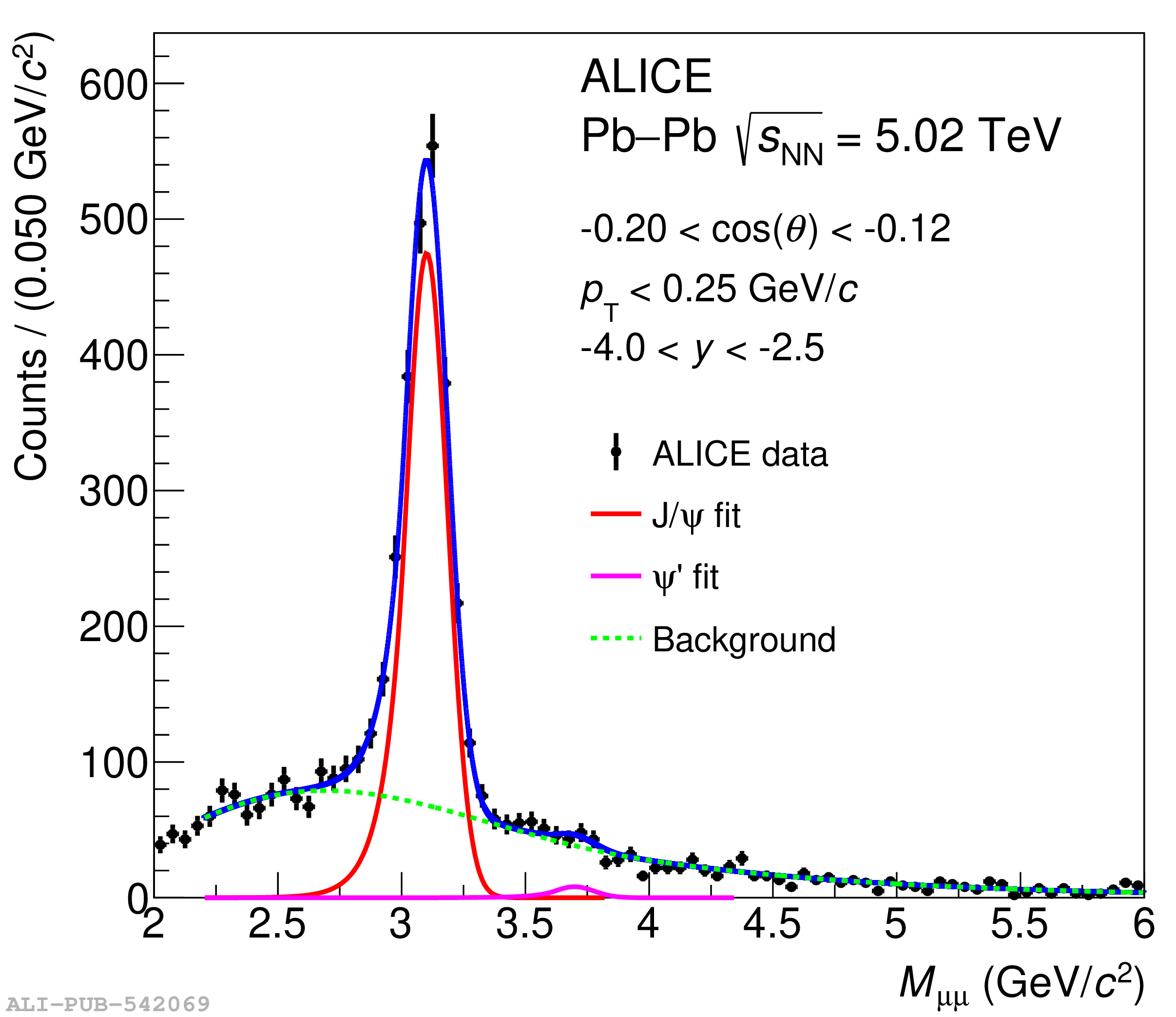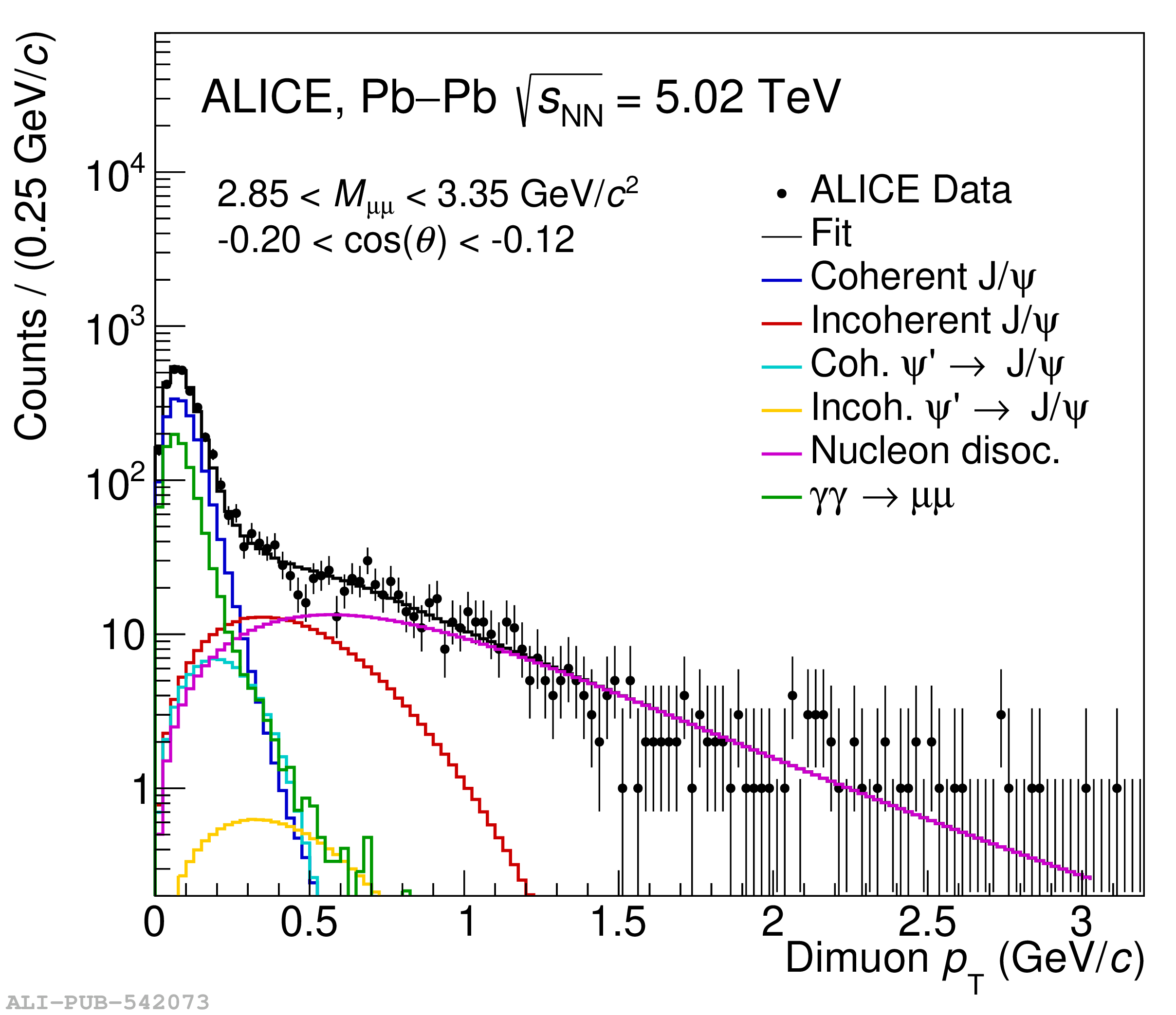The first measurement of the polarisation of coherently photoproduced J$/\psi$ mesons in ultra-peripheral Pb-Pb collisions, using data at $\sqrt{s_{\rm NN}}$ = 5.02 TeV, is presented. The J/$\psi$ meson is measured via its dimuon decay channel in the forward rapidity interval $-4.0 <~ y <~ -2.5$ using the ALICE detector at the CERN LHC. An event sample corresponding to an integrated luminosity of 750 $\mu\text{b}^{-1}$ $\pm$ 5% (syst) is analysed. Hadronic activity is highly suppressed since the interaction is mediated by a photon. The polar and azimuthal angle distributions of the decay muons are measured, and the polarisation parameters $\mathbf{\lambda_{\theta}}$, $\mathbf{\lambda_{\varphi}}$, $\mathbf{\lambda_{\theta\varphi}}$ are extracted. The analysis is carried out in the helicity frame. The results are found to be consistent with a transversely polarised J/$\psi$. These values are compared with previous measurements by the H1 and ZEUS experiments. The polarisation parameters of coherent J/$\psi$ photoproduction in Pb-Pb collisions are found to be consistent with the $s$-channel helicity conservation hypothesis.
Phys. Lett. B 865 (2025) 139466
HEP Data
e-Print: arXiv:2304.10928 | PDF | inSPIRE
CERN-EP-2023-068
Figure group






